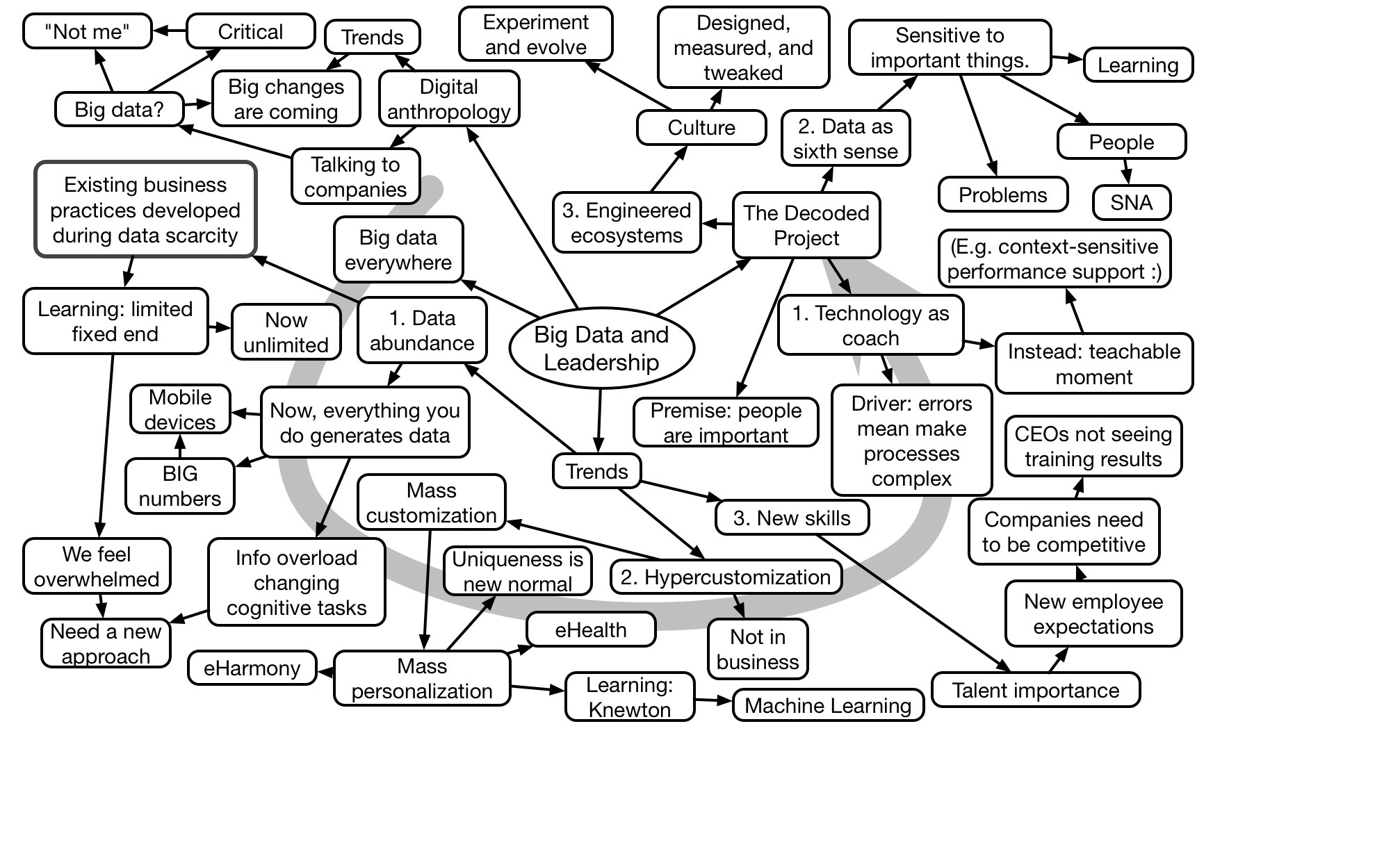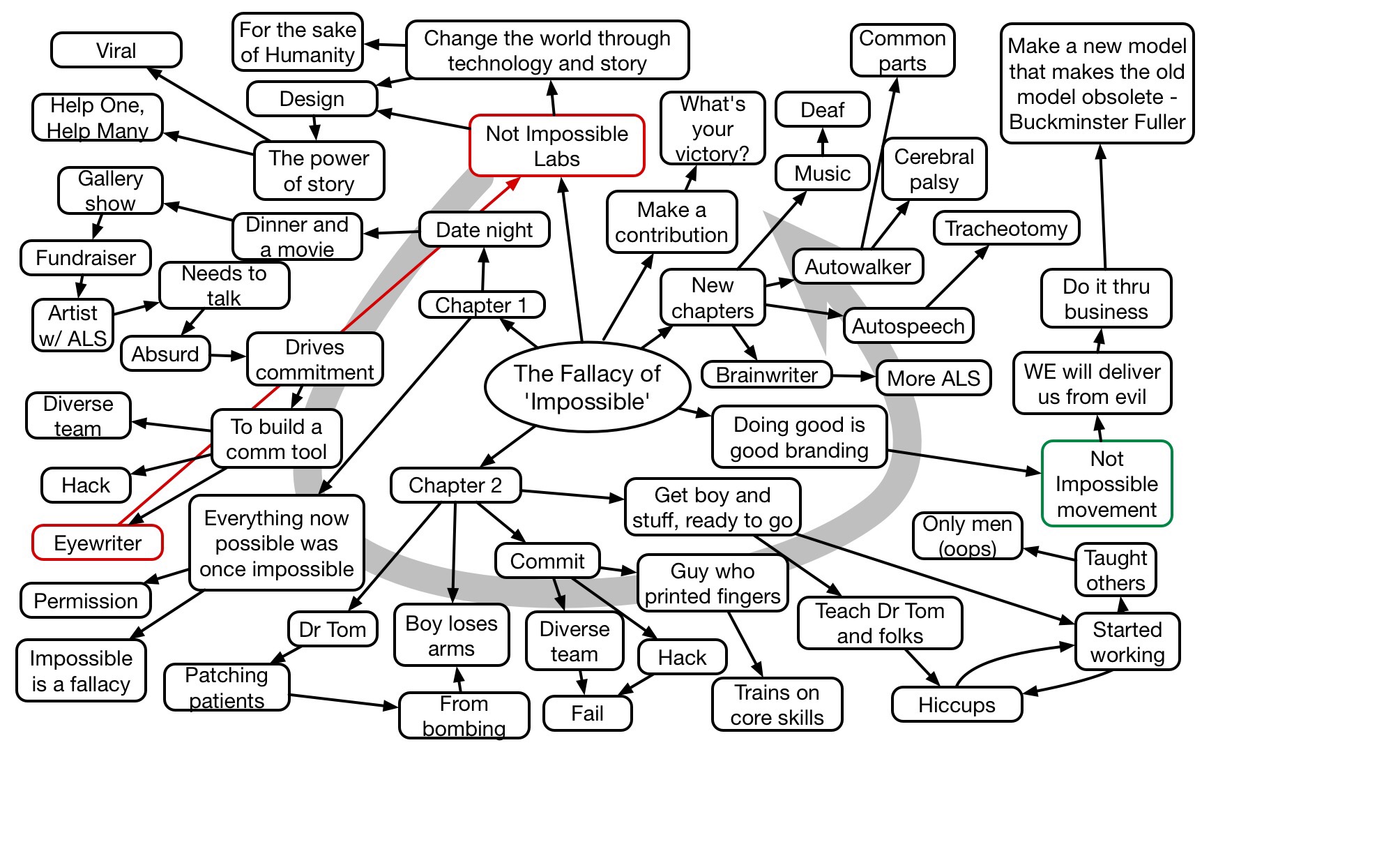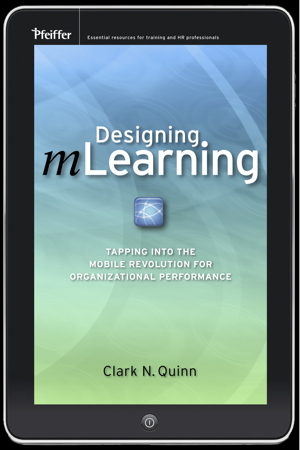A twitter pointer led me to an HBR article arguing that We’re Thinking about Organizational Culture all Wrong. In it, the author argues that it’s fallacious to think that there’s just one organizational culture, , and that all people buy into it. I agree, and yet where the author leads us is, I think, misleading, or at least not as helpful as it could be.
The argument includes two major thrusts. The first is that the cultural values may be interpreted differently. What you mean by ‘free’ and what I mean may differ. Take, for instance, the difference between ‘free beer’ and ‘free speech’ (a classic example). And this certainly can be the case. The second is that people may comply with the culture even if they don’t agree with it. There are multiple reasons, such as job security, that could support this.
The result, according to the article, is that corporate ‘culture’ isn’t a set of shared values, it’s a “web of power relationships”. That’s quite a leap, but the point is apt: these relationships can facilitate, or hinder, individual goals. However, one statement near the end rings wrong for me:
“Reliance on culture as a way to create unity can mislead those in positions of power into thinking that the core values expressed by the organization are actually uncritically accepted by employees.”.
I agree, but I think it’s simplistic. No one in power should be naive enough to believe that anyone uncritically accepts any values. Instead, the view should be to recognize what core values facilitate the most effective outcomes for the organization, and then follow some well-tested rules about change:
- sell the vision
- make it a choice
- support
- know how to address the expected problems
- be prepared to address the unexpected
- evangelize
- reward
- test and tweak
- persist
It may make sense to start small and spread virally rather than make it an overall change initiative. Still, I think it’s a worthwhile goal.
There is a clear value proposition about having a culture that supports innovation, and identifiable components. Abandoning the effort because culture is complex seems a missed opportunity. The benefits are big. Cultures are developed and do change. Doing so systematically, and systemically, seem to me to be the path to competitive success. What am I missing?






